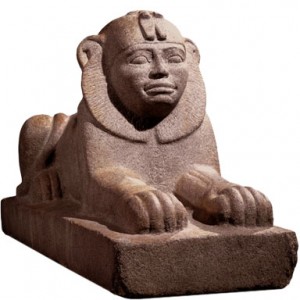Kawa, Sudan: Is this what a once-great city looks like when it dies?
Sudan is always in the news, consistently getting a bad press (though perhaps not quite as bad as its little brother South Sudan). And one of its once-great cities, Kawa, is a reminder of the fate that can befall even the most glorious urban conurbation.
Now an archaeological site in Sudan (described as the best preserved in the country on account of its six-metre-deep blanket of sand) Kawa was founded by the Pharaoh Akhenaten in the 14th century BC. At the height of its glory it boasted the vast and impressive Temple of Tutankhamun, which was meant to burnish the power of a city that thrived mightily during the reign of the local Kushite king Taharqa who ruled a vast empire that included Egypt. (The lesson of Kawa today is probably best understood through a thoughtful blog by archaeologist Sophie Hay who travelled to the site and stood wonderingly above the buried Temple. Click here to read her blog.)
Kawa’s former glory must be placed in the context of Sudan, failed authoritarian state.
Neil MacGregor, director of the British Museum, tells an interesting story about Kawa’s long-vanished glory through a remarkable object, the Sphinx of Taharqa, a spaniel-sized granite figure excavated from Kawa. With unmistakably Egyptian characteristics and an unmistakably black African Pharaoh (it was Taharqa), the Sphinx melded two cultures – the Sudanese king’s newly acquired Egyptian territory and his own. It underlined the great ambitions and the great political judgement of the rulers of Kush, now in northern Sudan.
Eventually, it would all crumble and dissipate and Kawa would be covered by sand.



